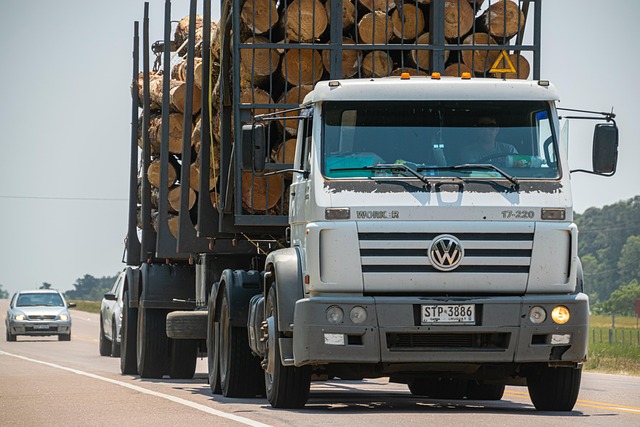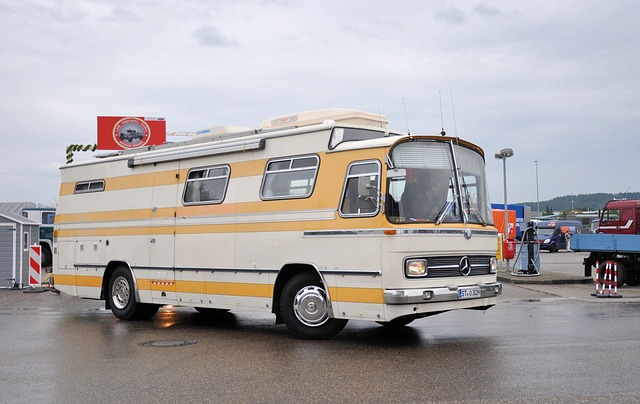Looking to register your car in California? This comprehensive guide walks you through the entire process, from gathering essential documents to completing the crucial VIN verification. Learn how to submit your application and fees at a DMV office, and eventually receive your registration certificate and license plate. By following these steps, you’ll ensure a smooth and legally compliant car registration experience.
- Understand the California Vehicle Registration Process
- Gather Necessary Documents for Car Registration
- Perform VIN Verification: Steps and Importance
- Submit Your Application and Fees at a DMV Office
- Receive Your Registration Certificate and License Plate
Understand the California Vehicle Registration Process

In California, registering a car involves several key steps that ensure vehicles meet safety and environmental standards. The process begins with verifying the vehicle’s unique identifier, known as the Vehicle Identification Number (VIN). This critical step, often conducted through a VIN verification, ensures the car’s history is checked for any discrepancies or outstanding issues. A mobile vin verifier or even a simple vin inspection can help streamline this process by providing immediate access to detailed vehicle information.
Once the VIN has been verified, California drivers must ensure their vehicles pass emissions tests and meet safety standards. This often involves taking the car to an approved inspection station. Following these initial checks, you’ll need to gather essential documents including proof of insurance, a completed application form, and payment for registration fees. These steps collectively prepare you to register your vehicle at a California Department of Motor Vehicles (DMV) office.
Gather Necessary Documents for Car Registration

Before you start the registration process, ensure you have all the required documents ready. One crucial piece of paper is the Vehicle Identification Number (VIN) verification report. This document confirms your vehicle’s identity and history, which is essential for a smooth registration. You can obtain this through a mobile VIN inspection or by using a reliable mobile VIN verifier, making it readily accessible without having to visit a dealership.
Additionally, gather other essential paperwork such as the title, registration application form, proof of insurance, and a valid driver’s license. These documents collectively provide necessary information for the California Department of Motor Vehicles (DMV) to process your car registration, ensuring that all legal requirements are met.
Perform VIN Verification: Steps and Importance

Before proceeding with the registration process, it’s crucial to perform a VIN (Vehicle Identification Number) verification. This step is essential for ensuring that your car is legitimate and has not been reported as stolen or had its identity tampered with. The mobile vin verification process involves using a specialized tool to cross-reference the VIN against a database of vehicle records, providing immediate results.
During a vin inspection, you’ll need to locate the VIN on your vehicle—typically found on the driver’s side door frame or the engine block—and then use a smartphone app or online service to input the number for verification. This simple procedure not only safeguards against fraud but also facilitates a smoother registration experience in California by confirming that all documents and details associated with the car are accurate and up-to-date.
Submit Your Application and Fees at a DMV Office

Once you have gathered all necessary documents and verified your vehicle’s identity through a VIN verification process, it’s time to submit your application and fees in person at a California DMV office. This crucial step involves completing the registration process and ensuring your vehicle complies with state regulations.
At the DMV, present your completed application, along with the required documents and fees. A mobile vin inspection or mobile vin verifier can streamline this process by providing on-site verification, saving you time and effort. Ensure all information is accurate and up-to-date to avoid delays. Staff will review your documentation, perform a vehicle history check, and process your registration, issuing a license plate and registration card upon approval.
Receive Your Registration Certificate and License Plate

After successfully passing your vehicle’s emissions test and paying the registration fees, you’ll receive your Registration Certificate, a crucial document that verifies your car’s ownership and legal status in California. Alongside this certificate, you’ll also be issued a set of license plates, which must be displayed on your vehicle at all times while operating within the state.
To ensure everything is legitimate, it’s recommended to utilize a mobile vin verifier or conduct a vin inspection. This process verifies your car’s unique Vehicle Identification Number (VIN), confirming its authenticity and history, and ensuring it matches the details on your registration documents.
Registering a car in California involves understanding the process, gathering essential documents, completing a crucial VIN verification step, and submitting applications with fees at a DMV office. After approval, you’ll receive your registration certificate and license plates, marking the successful completion of the vehicle registration process in the Golden State. Remember, proper documentation and accurate VIN verification are key to ensuring a smooth experience.



